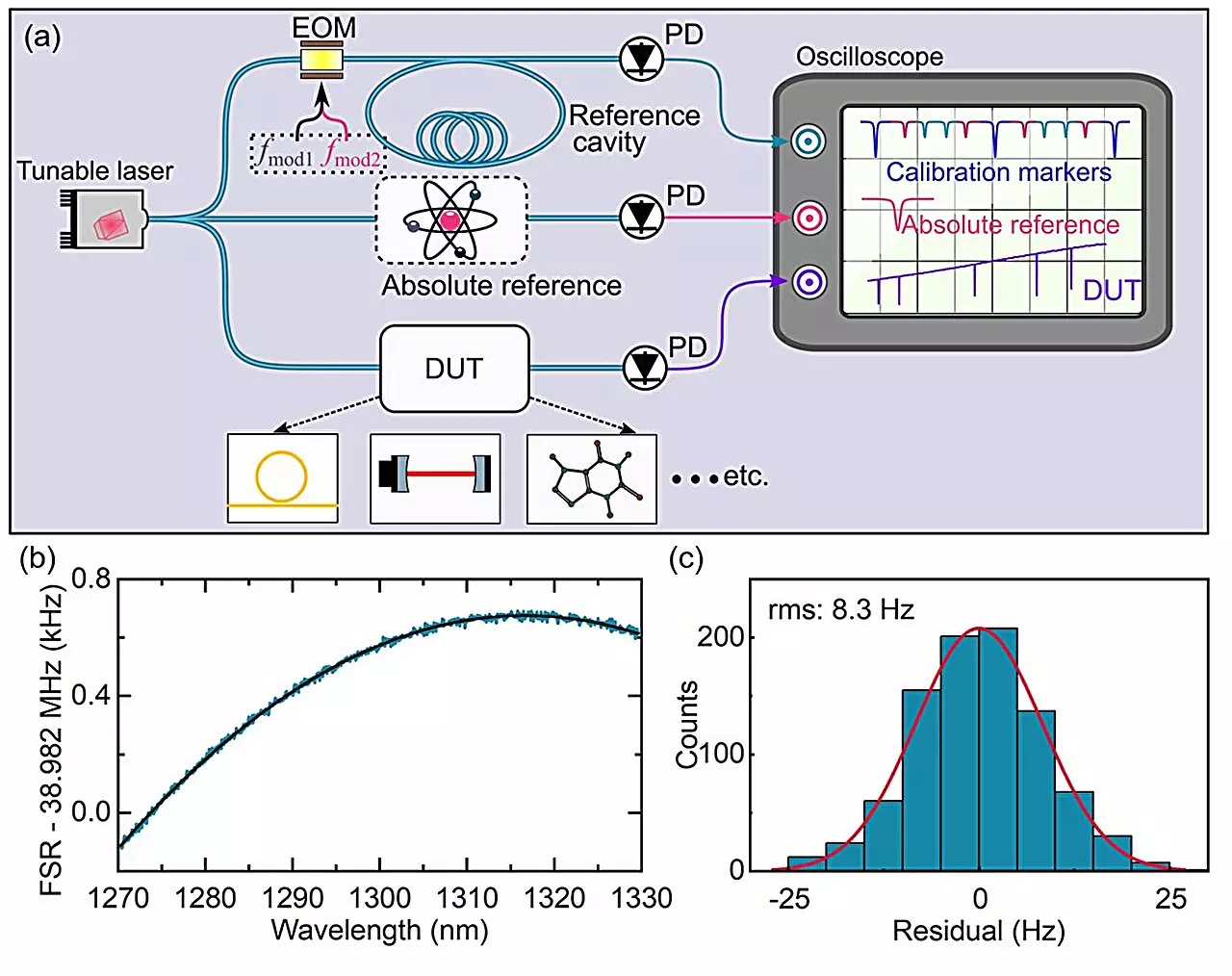Laser spectroscopy has come a long way since its inception in the 1960s. This sophisticated technique has emerged as a vital instrument for the detailed examination of atomic and molecular structures and their dynamics. As laser technology has advanced, so too has the functionality and scope of laser spectroscopy, propelling it into numerous fields of research and industry. This article delves into the major advancements in laser spectroscopy, focusing on two prominent types: frequency comb-based laser spectroscopy and tunable continuous-wave (CW) laser spectroscopy. We will also explore recent breakthroughs that redefine the landscape of laser applications.
Frequency comb-based laser spectroscopy has gained recognition for its unparalleled precision. By enabling frequency measurements that can be accurate to 18 digits, this technique revolutionized the field of optics, earning recognition in the form of a Nobel Prize in Physics in 2005. The implications of such precision are profound, opening new avenues in the realms of optical clocks, gravity sensing, and fundamental physics research, including the quest for dark matter.
However, frequency combs have their limitations. Despite their exceptional frequency precision, they do provide relatively low power per comb mode. This poses challenges in identifying trace gases, where signal detection can be difficult. Furthermore, the discrete nature of comb modes creates gaps that necessitate supplementary techniques for effectively measuring narrow spectral features. As a result, achieving high-precision readings also requires sophisticated stabilization systems to maintain long-term coherence in the comb sources.
In contrast, tunable CW lasers present a different yet complementary approach to laser spectroscopy. These lasers boast high photon flux, extended interaction paths, and swift frequency changes, making them suitable for applications such as sensitive molecular spectroscopy and gas sensing. Their high signal-to-noise ratios (SNR) make them particularly effective in detecting minute amounts of substances.
However, tunable CW lasers do face challenges. Frequency fluctuations during laser scans can distort results and impact accuracy. To mitigate these fluctuations, researchers have developed various methods, such as interferometric techniques, single-sideband modulation, and the integration of optical frequency combs. By combining the tunability of CW lasers with the accuracy of frequency combs, new hybrid approaches have emerged, yet achieving an optimal combination remains difficult, particularly the need for stable reference frequency combs with flat optical spectra.
Cutting-edge research continues to push the boundaries of laser spectroscopy. Recently, scientists at the Max Planck Institute for the Science of Light introduced an innovative broadband spectroscopy method that integrates properties of both frequency combs and tunable lasers. This technique capitalizes on on-the-fly calibration of the laser using a fiber cavity in conjunction with a dual radio frequency modulation approach. By continuously tracking the laser’s frequency with unprecedented precision, this method provides calibration marks comparable to an optical frequency ruler.
This new method significantly improves existing tunable laser spectroscopy, achieving Hz-level precision across an 11-THz frequency range. Experimental results show that with a measurement speed of 1 THz per second, this technique showcases a one-order-of-magnitude enhancement in measuring capabilities compared to predecessors.
One of the standout advantages of this novel method lies in its remarkable versatility. Its robustness and simplicity allow it to thrive in non-laboratory settings, including applications in LIDAR systems, 3D imaging, open-path trace gas sensing, and the evaluation of photonic devices.
Moreover, researchers employed this approach to glean spectral features of integrated photonic devices such as microresonators and measure the molecular absorption spectrum of HF gas with an impressive two orders of magnitude enhancement in precision over traditional methods. The elimination of phase and mode locking requirements facilitates its deployment in challenging environments, making it an attractive option for a wide range of scientific and industrial applications.
As research in laser spectroscopy continues to evolve, the interplay between frequency comb-based and tunable CW laser systems promises to unlock new possibilities. The recent methodologies developed not only enhance measurement precision but also broaden application potential across various industries. With ongoing innovations, laser spectroscopy remains a cornerstone technology poised to play a crucial role in future scientific endeavors and technological advancements. The journey of laser spectroscopy is still unfolding, revealing new depths of understanding in the atomic and molecular world.


Leave a Reply